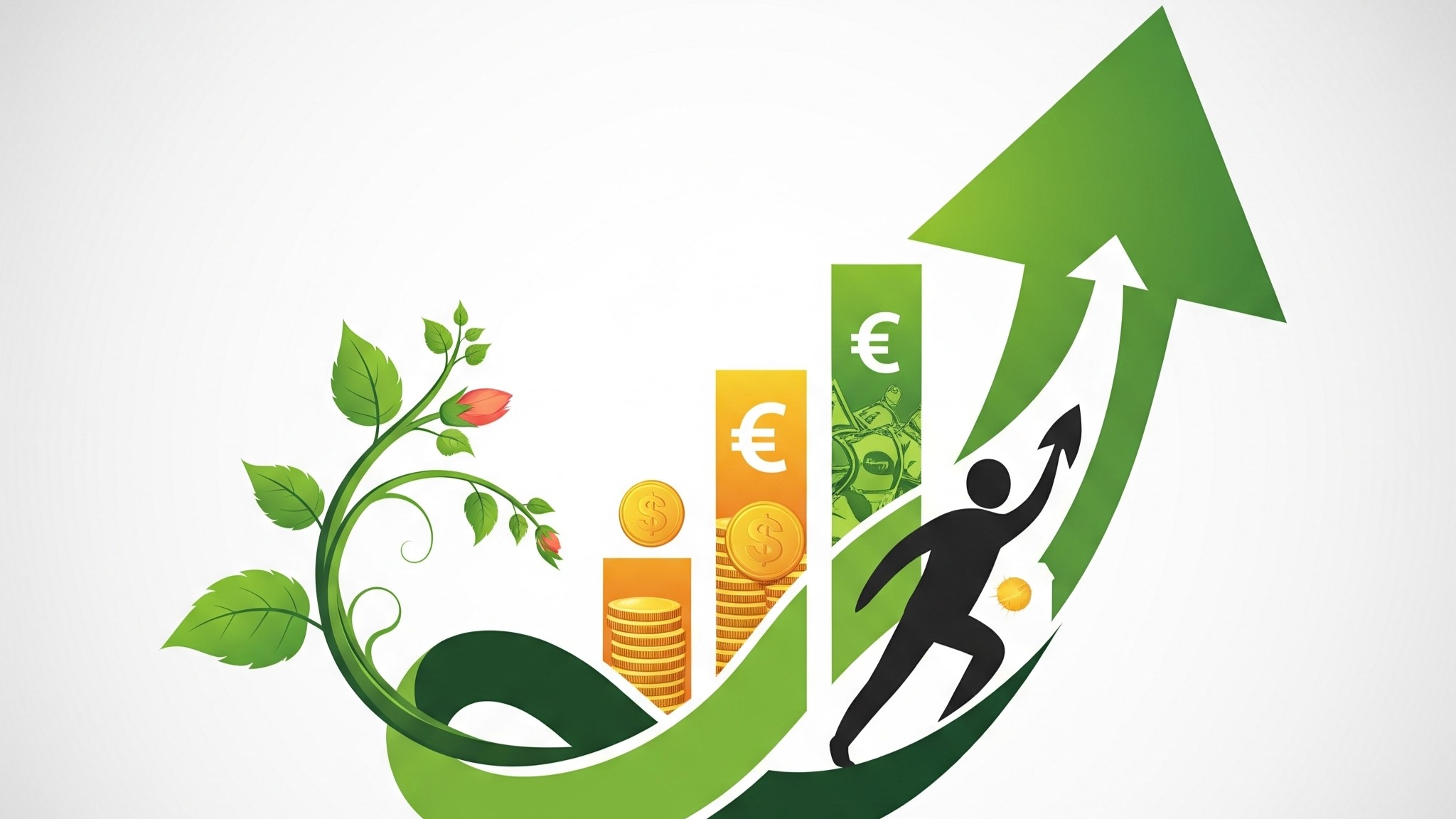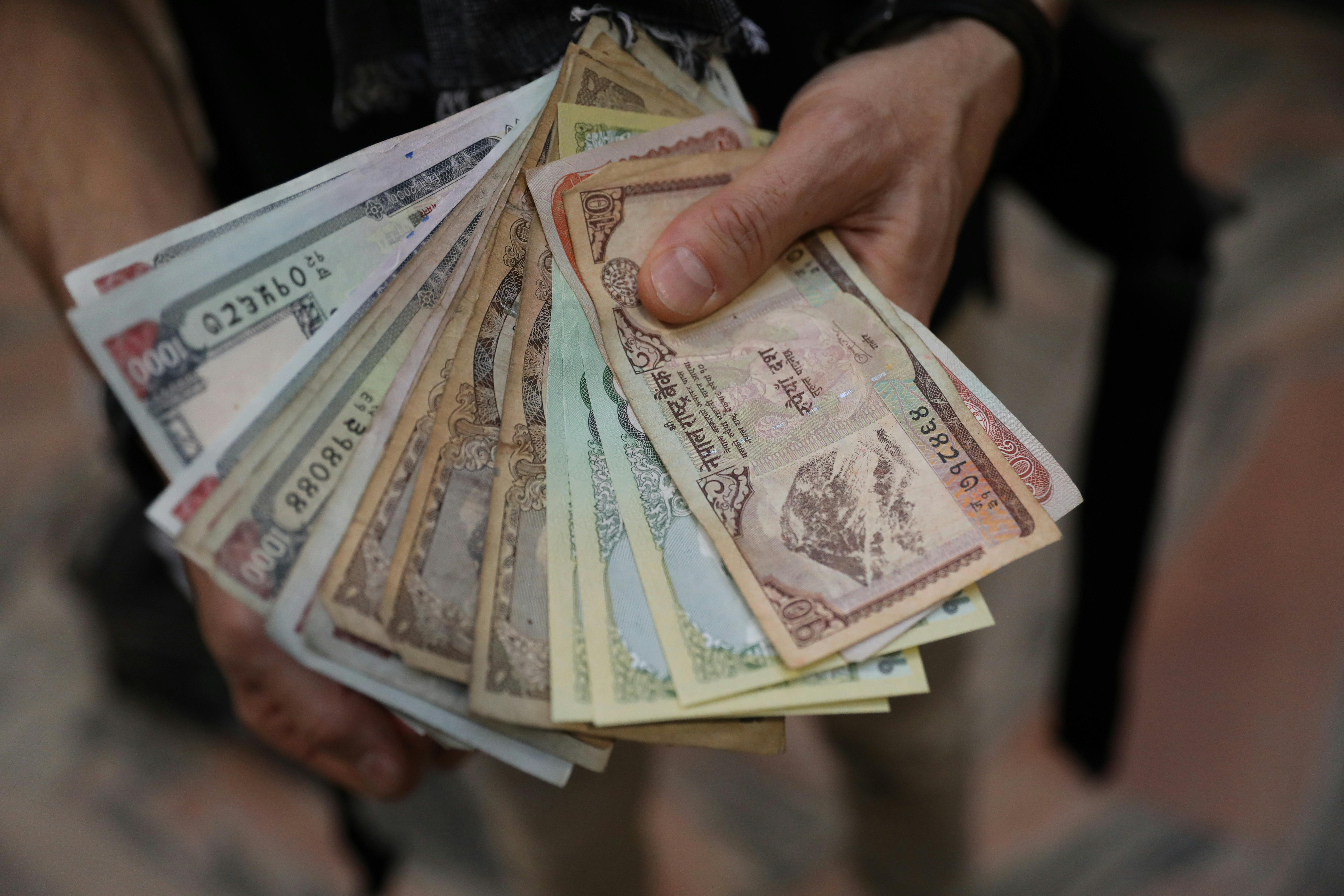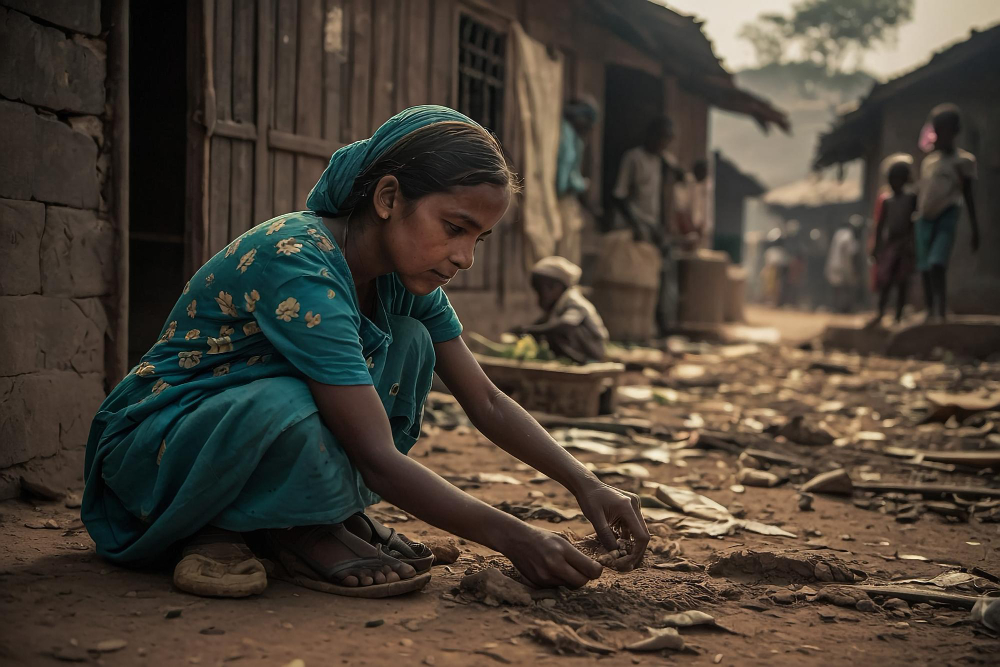Development economics moves beyond traditional economic models to address poverty and inequality by focusing on fair resource allocation, social systems, and policy implementation.

August 01, 2025
Kathmandu, Nepal

An AI generated image that represents the globally interconnecting nature of Development Economics. Credits: Gemini AI
Understanding development economics is crucial for addressing complex challenges such as poverty, inequality, and underdevelopment in countries like Nepal. While traditional economics emphasizes the efficient allocation of scarce resources to maximize output and promote growth, development economics takes it a step further. It asks: how can we allocate resources not just efficiently, but fairly and inclusively to improve people's lives?
Traditional economics is not sufficient for guiding and understanding development. Development economics has a wider scope. It studies economic, social, political, and institutional mechanisms—both public and private—to bring rapid and large-scale improvements in people’s living standards.
In essence, development economics connects economics to the broader social system. However, traditional economics often falls short in low-income and developing countries, where its models fail to reflect local realities and values.
Normative Foundations (Values)
Since development economics is not a natural science, it relies on both facts and values. It blends the two to understand what should be done to improve human well-being. It involves both positive judgments (“what is”) and normative judgments (“what should be”).
Understanding the values that underlie economic decisions and goals is essential in development economics. As Mahatma Gandhi once stated, “Economics is a tool for the realization of human potential.”
Imagine you're looking at a village in Nepal,
"What Is" (Facts): "Only 20% of children here finish high school." That's just an observable fact.
"What Should Be" (Values): "Every child should have access to high school." This is a belief about what's right or ideal.
Values like these are often overlooked in traditional economics. They are difficult to account for in economic models and calculations, especially since individuals and communities hold different, and often conflicting, values. For example, between private property and redistribution, or individual wealth and collective welfare.
In today’s globalized world, the rules governing global trade and finance significantly impact development outcomes. Development economics questions ‘who makes these rules’ and ‘who benefits from them’, focusing on fairness, power dynamics, and long-term consequences.
For example, the introduction of the Structural Adjustment Program (SAP) and globalization in Nepal after 1990.
These changes caused the Nepali government to loosen control over the economy, making it easier for private businesses to operate (economic liberalization), allowing foreign goods and investments to enter, and selling state-owned enterprises to private firms (privatization) in hopes of improving efficiency and boosting growth.
However, this also led to the reduction or removal of subsidies, making essentials like fertilizer more expensive. Poor farmers were disproportionately affected—highlighting a key concern in development economics: how to reduce poverty without marginalizing vulnerable communities.
Development is not purely an economic phenomenon. Excluding non-economic variables from economic analysis often leads to the failure of development policies, projects, and programs.
For example, the Pathibhara cable car project, although economically viable, failed to respect non-economic aspects such as cultural heritage and identity.
This reinforces the importance of approaches like Amartya Sen’s Capability Approach, which emphasizes that development should enhance people’s freedoms and well-being—not just income or infrastructure. Economic tools are the means; human dignity and choice are the end goals.
The role of institutions and governance is central to development economics. Together, they establish the “rules of the game,” ensuring the security of property rights, economic stability, trust, and reliability for both investors and consumers. For consumers or the public, institutions and governance are equally important.
Take the Melamchi drinking water project in Nepal. Despite the huge effort to bring water to Kathmandu, it faced severe delays and even abandonment due to weak institutions and poor governance.
Essentially, the government struggled with poor contracts and lacked effective mechanisms to resolve disputes with contractors. As a result, investor confidence declined and the project stalled for years. This demonstrates how critical effective institutions are for successful development.
The same applies to everyday consumer experiences. For example, imagine buying a new smartphone that breaks in a week. Without strong consumer protection or warranty laws, you're left with a loss—and you lose trust in the market. This example shows how institutional weakness impacts development at every level.
Even well-intended and well-rounded policies struggle with policy implementation in Nepal. Development economics doesn’t treat policy as a market byproduct but examines how it can be improved, localized, and made practical.
For instance, Nepal's shift to federalism was meant to give local areas more power and help development reach everyone. But it's struggling because no one is clear on who does what job, and local governments don't have enough money or clear ways to earn it.
Development economists suggest fixing this by clearly defining roles for each government level and improving how they raise and manage money.
Another example is fertilizer subsidies. The idea was to make fertilizer cheaper for farmers, but its poor distribution often leads to shortages exactly when farmers need it most, causing them huge losses. A practical solution economists propose is simply giving cash directly to farmers. This way, they can buy fertilizer themselves when needed, preventing crop failures and poverty.

A person holding a number of Nepali currency. Image credits: Pexels/ Volker Meyer
These examples—from governance challenges to cultural sensitivity and policy implementation—demonstrate that economic development is deeply intertwined with social, institutional, and human realities.
Development economics, unlike traditional models, recognizes this complexity and seeks to address it through practical, context-specific solutions. It does not offer one-size-fits-all answers but a flexible framework grounded in real-world experiences and values.
It offers a comprehensive lens to understand and address Nepal’s development challenges. From improving governance and recognizing local values to designing inclusive policies and engaging with global systems, this field bridges the gap between economic theory and real-life transformation.
As Nepal aspires to graduate from Least Developed Country (LDC) status and build a more equitable future, development economics provides the tools to ensure that no one is left behind.

By sharing valuable information and sparking inspiration, we aim to foster growth, innovation and brighter opportunities for future generations.
Contact us